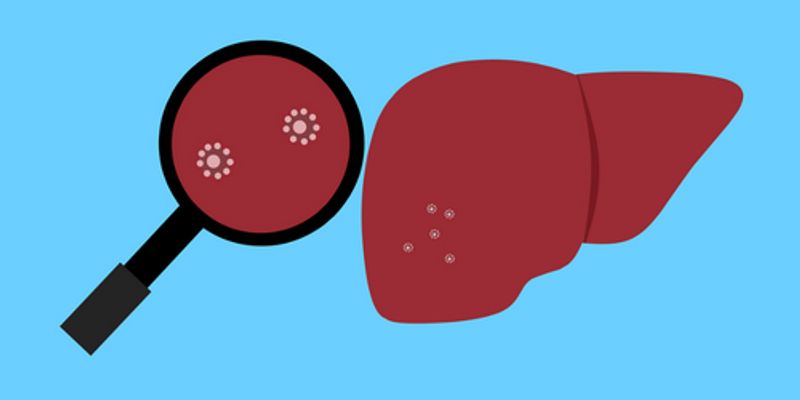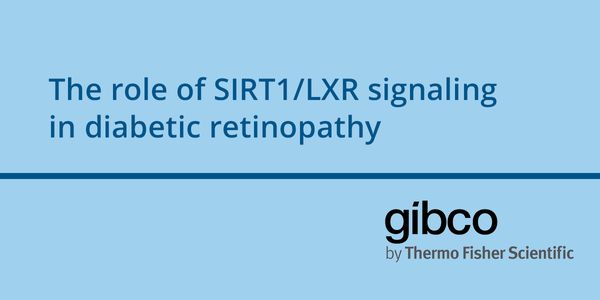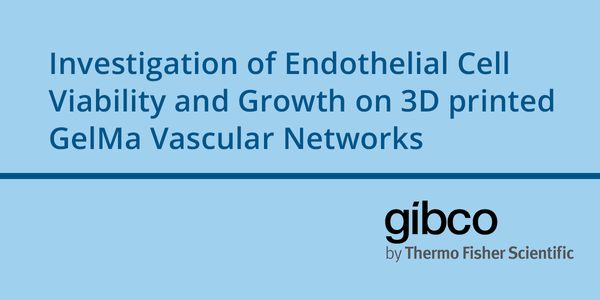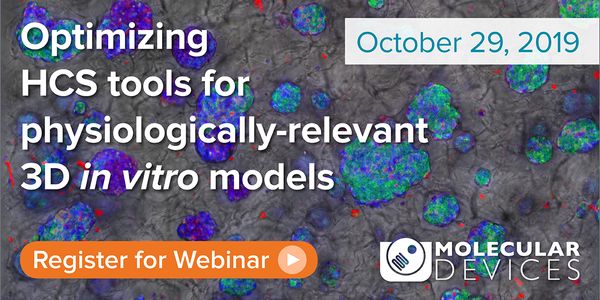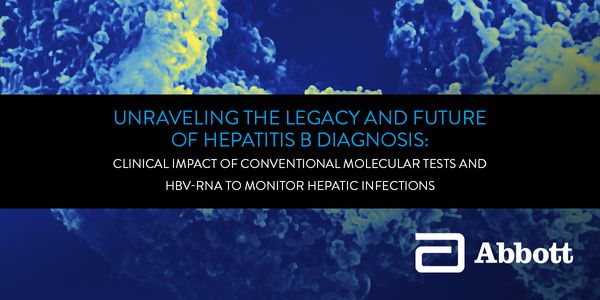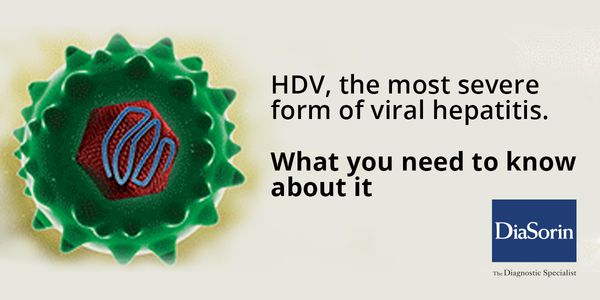DEC 17, 2019 | 9:00 AM
DATE: December 17, 2019TIME: 9:00am PST, 12:00pm EST Purpose: Liver x receptors (LXRs) are hypothesized to serve as a link between lipid metabolism and inflammation by prom...
DEC 05, 2019 | 5:00 AM
DATE: December 5, 2019TIME: 5:00am PST, 8:00am EST The diagnosis of an active infection by the hepatitis B virus (HBV) relies on testing for the HBV surface antigen (HBsAg). Ov...
NOV 21, 2019 | 9:00 AM
DATE: November 21, 2019TIME: 9:00am PST, 12:00pm EST Multiple Myeloma is a disease of terminally differentiated plasma cells with the massive production of monoclonal immunoglobu...
NOV 19, 2019 | 10:00 AM
DATE: November 19, 2019TIME: 10:00am PSTMicroglial cells are the resident innate immune cells of the central nervous system (CNS) and are responsible for regulating inflammatory activati...
OCT 31, 2019 | 9:00 AM
DATE: October 31, 2019TIME: 9:00am PDT, 12:00pm EDT INTRODUCTION: A major limitation for the development of 3D engineered tissues is the absence of viable and perfusable...
OCT 29, 2019 | 7:00 AM
DATE: October 29, 2019TIME: 7:00am PDT3D cell culture systems have recently emerged as tools for reproducing the cellular environment and the organization of tissues/organs, where cel...
OCT 22, 2019 | 8:00 AM
Calprotectin is a member of the S100 family of calcium binding proteins, being a hetero dimmer of S100A8/9 and accounts for 60% of the protein in the cytoplasm of neutrophils. It is released...
SEP 09, 2019 | 8:00 AM
Standardization and harmonization have come a long way in the last 3 to 4 decades; however, standardization is imperfect. Laboratory professional need to recognize the limitations of some of...
AUG 27, 2019 | 8:00 AM
DATE: August 27, 2019TIME: 08:00 AM PDTOur laboratory is exploring hypotheses about how lipid metabolism contributes to racial disparities in Alzheimer’s disease using comprehen...
MAY 15, 2019 | 12:00 PM
DATE: May 15, 2019TIME: 9:00am PDTHepatitis B infections remain a significant global healthcare burden resulting in 887,000 deaths in 2015. Clinical laboratories can have a measurable i...
APR 17, 2019 | 9:00 AM
DATE: April 17, 2019TIME: 9:00am PDT...
Isolated hepatocytes or their enzymes comprise the basis of most in vitro DMPK and toxicity assays used to predict human hepatic outcomes. Because hepato-specific functions are typically lost...
NOV 29, 2018 | 7:00 AM
DATE: November 29, 2018TIME: 15:00pm WET, 07:00am PST O vírus da Hepatite C (HCV) é uma infeção mundial, que...
NOV 15, 2018 | 6:00 AM
DATE: November 15,2018TIME: 06:00am PST, 09:00am EST, 3:00pm CET Hepatitis D virus (HDV) is a unique RNA virus that requires the hepatitis B surface antigen (HBsAg) to...
NOV 14, 2018 | 3:00 PM
Neuronal migration defects, including pachygyria, are among the most severe developmental brain defects in humans. Using human genetics approaches, we recently identified bi-allelic truncatin...
